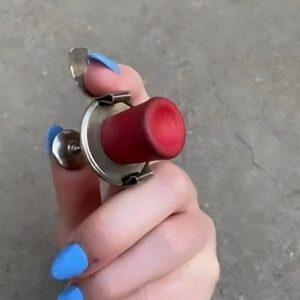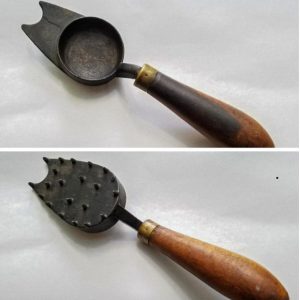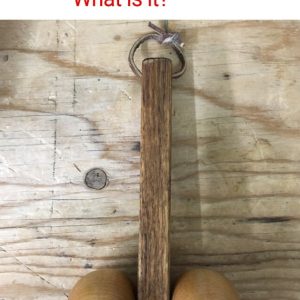If you’re a fan of vintage cars or have ever driven a hot rod with a chopped roof, you probably know how tricky it can be to see overhead traffic lights. That’s where a vintage style traffic light viewer comes in—a retro automotive accessory that’s as functional as it is cool-looking. Once a staple in classic American cars from the 1940s through the 1960s, this little gadget is experiencing a quiet resurgence among collectors and custom car builders. But what exactly is it, and why should you care?
Let’s explore how this small piece of dashboard hardware became an essential tool for classic drivers—and why it’s still worth having today.
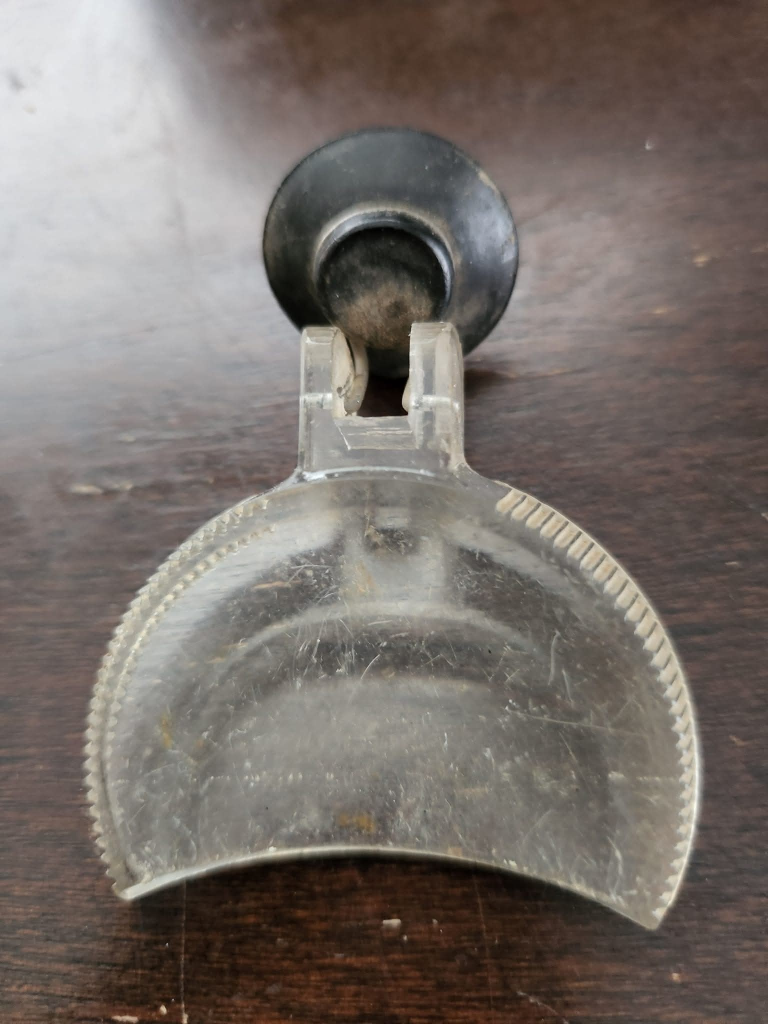
What Is a Vintage Style Traffic Light Viewer?
A traffic light viewer is a small, prism-based accessory designed to help drivers see traffic signals that are positioned high above intersections. It’s especially useful in vehicles with low-profile windshields, like chopped-top hot rods, classic coupes, or vintage sedans.
The viewer reflects the overhead light downward into the driver’s line of sight using a prism or curved lens. Instead of leaning forward or craning your neck to catch the red or green, you simply glance at the reflected light inside the viewer—convenient, comfortable, and smart.
Video: This video features a 1957/58 Chevy Bel Air equipped with a traffic light viewer.
The Practical Problem It Solves
Modern drivers may take for granted how visible traffic lights are in today’s vehicles, but classic car owners face a real issue: limited upward visibility. In cars like the 1957 Chevy Bel Air or the 1932 Ford Coupe, the windshield is often much lower and angled more steeply than in modern vehicles. When you pull up close to the light, especially if you’re the first car at the stop line, that traffic signal might vanish completely from view.
That’s where the traffic light viewer shines. It gives you a clear view of the signal without forcing you to lean forward, duck down, or twist awkwardly. It’s a small fix that makes a big difference in day-to-day drivability.
How Does a Traffic Light Viewer Work?
Using one is surprisingly simple. Most models include a Fresnel lens or curved prism made of durable plastic or mica, paired with a base that can be mounted using either a magnet or a suction cup.
Here’s how to use it:
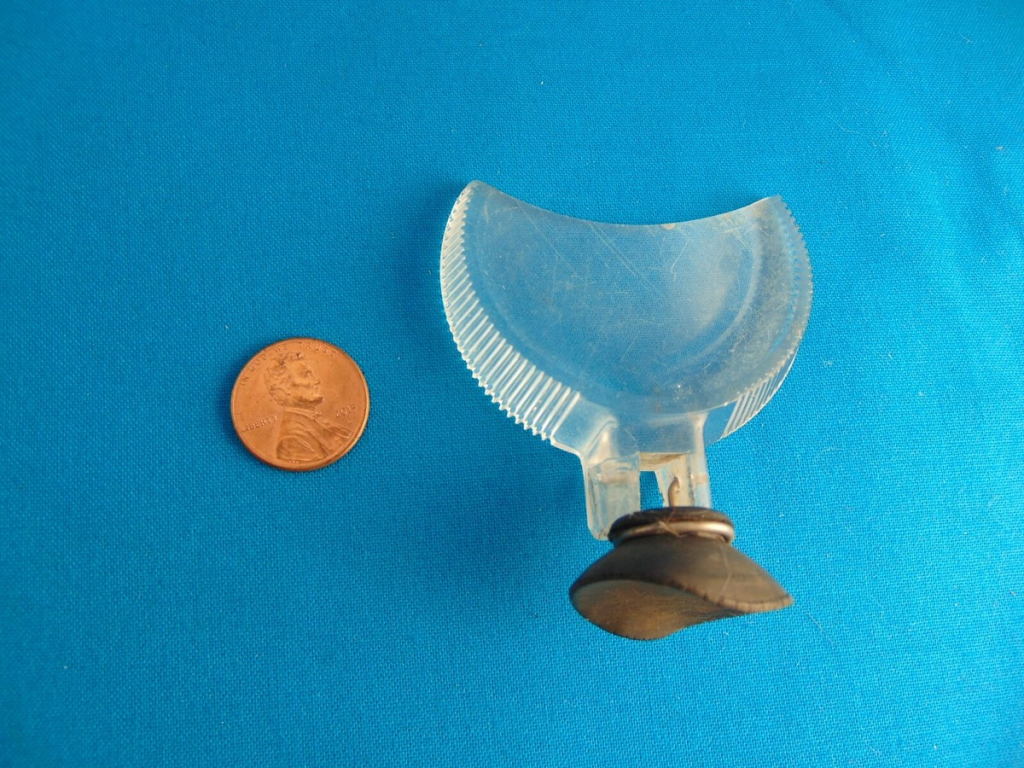
- Mount the viewer on your dashboard or windshield in your direct line of sight
- Adjust the angle until the prism reflects the overhead traffic signal clearly
- When you’re stopped at an intersection, just glance into the viewer to see the light change—no head tilting required
The lens captures and bends light, directing the image of the signal down to where your eyes naturally look. It’s low-tech, but brilliantly effective.
Classic Design Meets Functional Style
These viewers come in a variety of finishes—from polished chrome to matte black, and even colorful retro plastics. The designs are usually compact and unobtrusive, blending seamlessly with the interiors of vintage cars. Some even have ribbed or grooved styling to match mid-century automotive trim.
Why They’re Popular Among Collectors and Hot Rod Enthusiasts
Video: The Bel Air is equipped with a prismatic-style traffic light viewer along with a tissue dispenser—both classic vintage interior accessories.
For vintage car fans and restorers, details matter. A traffic light viewer doesn’t just improve visibility—it also adds period-correct charm to any classic dashboard. Whether you’re showing off your car at a meet or cruising the boulevard, these accessories show you’ve gone the extra mile to preserve authenticity.
Modern reproductions make it easy to find one that suits your car, but many collectors still hunt down original mid-century versions for their superior craftsmanship and nostalgic value.
A Tiny Gadget That Solves a Real-World Problem
What makes the traffic light viewer special isn’t just its retro appeal—it’s how well it solves a real issue that modern drivers rarely encounter. For anyone who owns a vintage vehicle with a steep windshield angle, this gadget restores comfort and safety without sacrificing style.
It’s also a conversation starter. If you’ve ever had someone ask, “Hey, what’s that little lens thing on your dash?”—you know just how much personality this tiny item adds to your car’s interior.
Conclusion: Old-School Ingenuity That Still Works Today
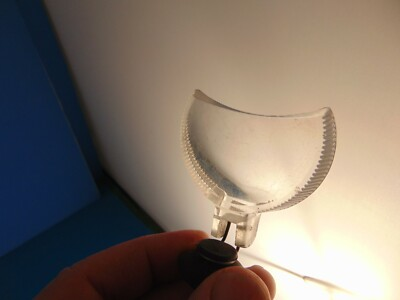
The vintage style traffic light viewer may seem like a minor accessory, but its utility and timeless style make it a beloved part of the classic car world. It’s a perfect example of how old-school solutions often stand the test of time. With one simple addition to your dashboard, you can drive safer, stay comfortable, and add a touch of retro charm to your ride.
Whether you’re restoring a 1940s Ford or cruising in a ’60s Chevy, a traffic light viewer might just become your new favorite detail. Practical, affordable, and packed with personality—it’s everything we love about classic car culture, distilled into one brilliant little device.
